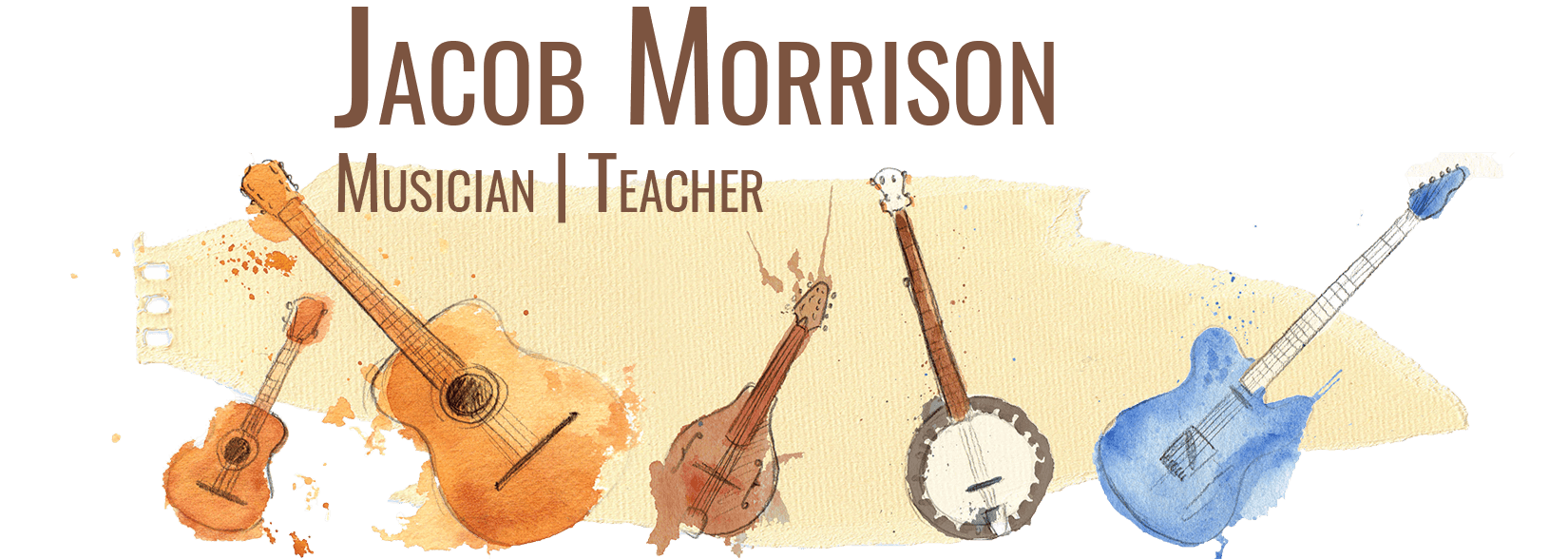Strumming songs with big pauses between chord changes is a really common problem for beginners, and it sounds really amateurish! There’s nothing worse than someone singing or playing through a song, then pausing for 5 seconds to try to make that dreaded tricky chord change! The root of the problem is usually that the muscles have not been trained to make the correct movements for the chord change easily and effortlessly.
There are a number of techniques you can use to overcome this problem:
Play through the whole song no tempo
Make sure you can do the changes slowly in order, and get a feel for which chords changes are causing problems.
Drill the problem chord changes
Start slowly (no tempo), focusing on quality rather than speed. Do not underestimate the power of this, done right! Often for me, as a more experienced player, this stage alone is all that’s needed. Then try increasing speed. Gradually! Once you can do the change slowly with accuracy, use “one minute changes” to see how many chord changes you can make in a minute. Record your score.
Drilling chord changes is really important as it builds muscle memory, so you don’t have to think about your chord changes any more (there’s a sense of your fingers just doing the chord changes themselves).
Strum Once Per Bar
Now we are starting to think about staying in time. Try playing along to the recording, just one strum per bar or chord. If you’re struggling, slow it down! Try playing along to a metronome or slowed down version of the song (e.g. using amazing slow downer). If you can’t do one strum per bar you will struggle with a full complex strum pattern! Make sure you do it at a speed you are comfortable with.
Strum twice per bar
Try increasing the number of strums to twice per bar. Again, if you’re struggling slow things down. If it’s really comfortable, sometimes you can skip this stage.
Strum once per beat
This is the crux point. You need to be able to strum every beat (4 times for most pop songs) and make the chord changes without pausing. If you can’t do this then there’s no way you can do the whole strum pattern. It’s essential that you don’t pause your strum for the chord changes! Better to slow down the song than to embed in the hesitations. If you practise hesitations, no matter how slow, you’ll get really good at… hesitating between chords!
Practice the strum independently
The strum needs to be effortless before trying to combine it with chord changes, particularly if you are new to playing, and still need to concentrate on your chord changes. You only have limited attention – choose one hand at a time until things are automatic!
Try chords with the strum pattern
This is the tricky bit – putting the chords together with the strum. Don’t pause! Slow down, and make sure you can keep your tempo/strumming really even.
If you need to, just take two chords and go back and forth to get used to changing with the strum pattern.
Go back and fix problem areas
This is crucial. Practice has to be dynamic! You need to mix up different approaches. Try playing through the song, see what holds up, what needs fixing. Work on the problem chord changes; take just two chords – try no tempo chord changes back and forth, “one minute changes”, try 4 strums on each without pausing, try with the full strum pattern (alternating between the two chords). Then try it in context (just that section of the song). Then try the whole song again and see if it holds up. If anything needs fixing, go back into more focused practise on that particular musical phrase to fix it.
Just Play
Forget all this and have fun! Come back to the detailed practice another time. Just focus on keeping the rhythm flowing – accept that there’ll be a few chord mistakes along the way!
Other tips:
Slow down!
Better to go slow with quality to start with. Speed will come with time.
Focus on ease, relaxation and effortlessness
The more tense you are the harder to make your fingers work. Notice where you’re holding tension and just let it ease.
Practice makes permanent
So don’t embed the hesitations or mistakes!
Don’t be a perfectionist
Aim for quality, but accept that there’ll be a few buzzy chords along the way – keep working on them, but don’t let the odd imperfection impinge on your steady rhythmic flow!
Keep strumming!
No matter what is going on with the chord changes, keep that rhythm going!
Break it down
Don’t just play through the whole song each time. Take small sections or musical phrases to work on. You can play through the whole thing again later.
Just play
Play through the whole song sometimes! You have to keep things dynamic and fun! Mix it up!
Go easy on yourself
Have fun! These things take time! Don’t expect the moon on stick – some things take time 🙂
